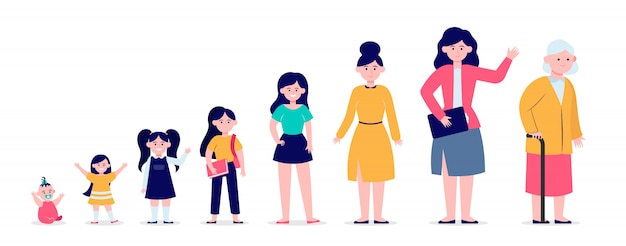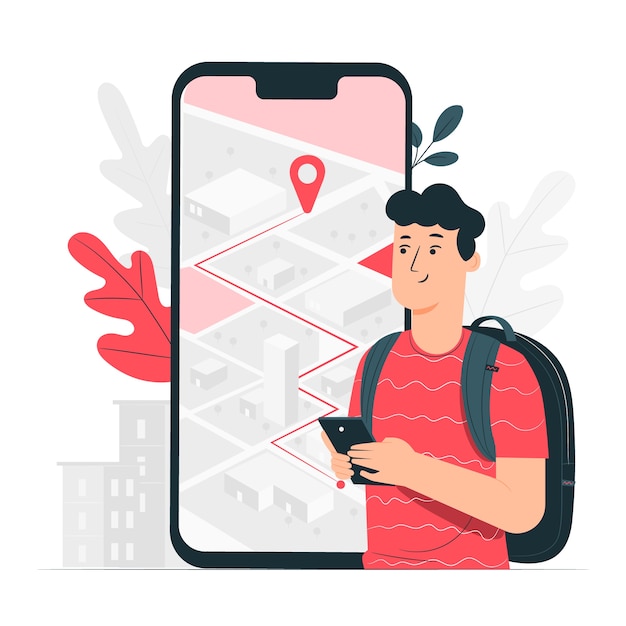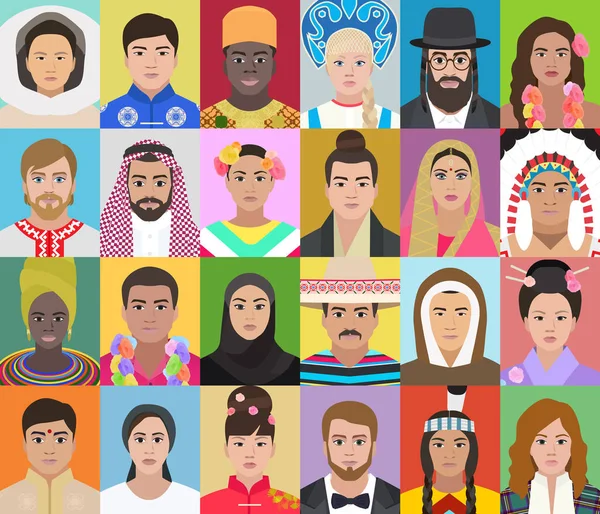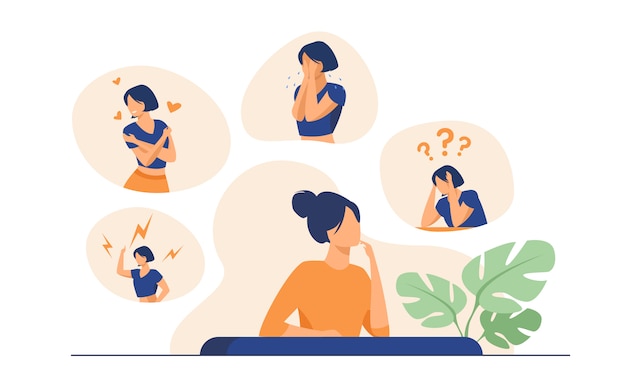
We use “verb to be” (am, is, are) to:
Introduce yourself and others
|
I |
am |
Susan |
|
You |
are |
George |
|
He |
is |
Juan |
|
She |
is |
Samantha |
|
We |
are |
Pedro and Antonio |
|
You |
are |
Sam and John |
|
They |
are |
Rodrigo and Montserrat |
You can also use the contractions:
|
I |
‘m |
Susan |
|
You |
‘re |
George |
|
He |
‘s |
Juan |
|
She |
‘s |
Samantha |
|
We |
‘re |
Pedro and Antonio |
|
You |
‘re |
Sam and John |
|
They |
‘re |
Rodrigo and Montserrat |
Personal information:
For example: your name (Susan, George), last name
(Smith, Perez), email address, phone number, address, etc.
Examples
|
Singular |
Plural |
|
My name’s Pamela. His email address is daniel.smith@gmail.com Her last name’s Roberts. Your phone number’s 45832402 |
Our names are Peter and John. Their phone numbers are 94889483473 and
383745940 Your last names are Peterson and Smith. |
Age
To indicate how old you are, but also others, you need
to use the verb to be:
-
![]() I’m 20 years old.
I’m 20 years old.
-
You’re 50 years old.
-
He’s 16 years old.
-
She’s 5 years
old.
-
It’s 7 years
old.
-
We’re 26 years old.
-
You’re 39 years old.
-
They’re 45 years old.
Physical appearance
You use this to describe a person’s physical
characteristics (height, weight, hair or skin colour)
·
I’m
short
·
You’re
chubby.
·
He’s
tall.
·
She’s
beautiful.
·
My
dog’s pretty.
·
We’re
brunette
·
You’re
blonde.
·
They’re
handsome.
You can also use parts of the body:
|
Plural |
Singular |
|
·
My eyes are
brown and big. ·
Your ears are big.
·
Her eyebrows are
brown and beautiful. ·
His eyes are
blue. ·
Our feet are
big. ·
Your hands are
small. ·
Their arms are
strong. |
·
My hair’s
long. ·
Your mouth’s
small. ·
His nose’s
small. ·
Her hair’s
brown. ·
Its tail is long.
|
Location
With these sentences you’re telling where a person is
(city, country, etc.). We use these sentences we use places.
·
I’m
in my house.
·
You’re
in the apartment.
·
Charlie’s
in the UK. *
·
Samantha’s
in Brazil*
·
The
dog is in the park.
·
We’re
at the school.
·
You’re
on the beach.
·
They’re
at a party.
*you can use personal pronouns or names with the verb
to be.
Origin
You can express nationalities or origin.
- · I’m Mexican.
- · You’re Iraqi.
- · She’s from the United States
- He’s from Canada.
- · It’s from Brazil.
- · We’re Colombian.
- · You’re from the UK.
- · They’re French.
Mood or personality
You can use the verb to be to tell others how you or
other people feel.
- ·
I’m
happy.
- ·
You’re
sad.
- ·
He’s
angry.
- ·
She’s
bored.
- ·
It’s
scared.
- ·
We’re
excited.
- ·
You’re
mad.
- · They’re relaxed
You can also describe how you and other people are.
- · I’m funny.
- · You’re moody.
- · He’s gentle.
- · She’s nice.
- · It’s fun.
- · We’re generous.
- · You’re smart.
- · They’re polite.
Relationships
To talk about how you and others are related, you can
also use the verb to be:
- · I’m your mother.
- · You’re my father.
- · She’s my sister.
- · He’s my brother.
- · It’s my dog.
- · We’re your cousins.
- · You’re my grandparents.
- · They’re my uncle and aunt.
States
You can use this when you want to tell a temporary
situation or mood of a person.
- · I’m bored.
- · You’re worried.
- · He’s busy.
- · She’s angry.
- · We’re stressed
- · You’re lost
- · They’re confused.
Occupation
When you want to tell what a person does for a living,
you can use:
- · I’m a doctor.
- · You’re a nurse.
- · He’s a teacher.
- · She’s a student.
- · We’re musicians.
- · You’re architects.
- · They’re actors.
NEGATIVES
You can also use the verb to be in negative and when
you use it, it’s to correct information or to deny something, you only need to
include “not” after the verb or use the contraction.
|
I am not |
|
I’m not |
|
You are not |
You aren’t |
You’re not |
|
He is not |
He isn’t |
He’s not |
|
She is not |
She isn’t |
She’s not |
|
We are not |
We aren’t |
We’re not |
|
You are not |
You aren’t |
You’re not |
|
They are not |
They aren’t |
They’re not |
Examples:
- · I’m not Samantha, I’m Susan.
- · You aren’t chubby, you’re fit.
- · Her name isn’t Paula, her name’s Samantha.
- · He’s not my brother, he’s my cousin.
- · We aren’t teachers, we’re doctors.
- · You’re not angry, you’re sad.
- · We aren’t in New York, we’re in Los Angeles.
INTERROGATIVE
When you want to confirm something about a person;
name, state, mood, etc. you need to ask with the verb to be. In questions, we invert
the order of the verb to be. See the example:
You’re a doctor
Are you a doctor?
|
I’m |
Am I… ? |
|
You’re.. |
Are you…? |
|
He’s… |
Is he…? |
|
Karla’s |
Is Karla…? |
|
My dog’s |
Is my dog…? |
|
We’re |
Are we…? |
|
You’re… |
Are you…? |
|
They’re… |
Are they…? |










0 Comments